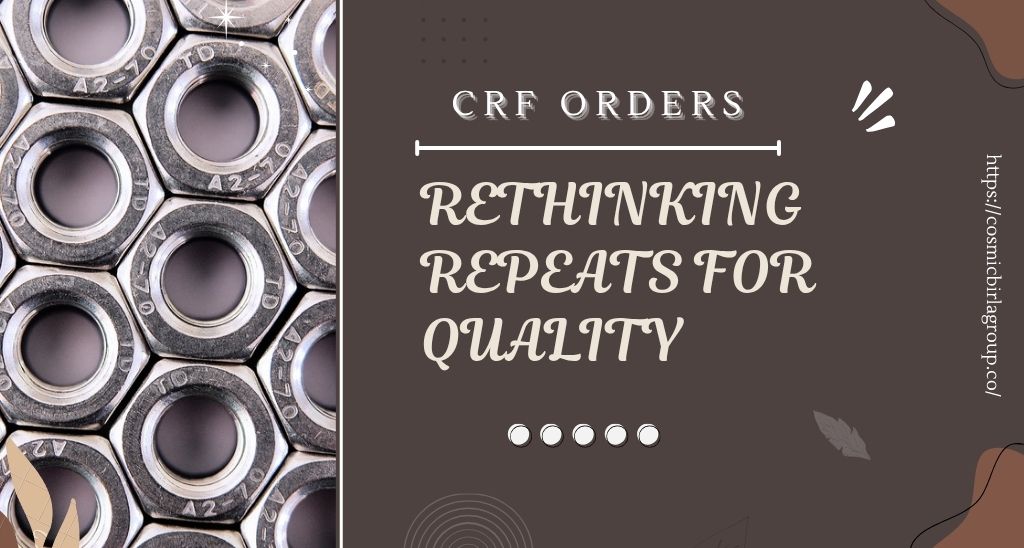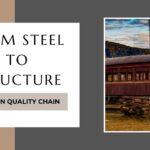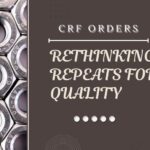Repeat orders sound simple. The drawing is done, tooling exists, and the first batch worked fine. So most buyers assume the second, third, or fifth run will flow without review.
But that’s where issues creep in.
Minor shifts between batches often go unnoticed until they show up in production. And when that happens, timelines slip, and costs grow.
Here’s why you still need to review repeat CRF section orders no matter how many times they’ve run before:
Mill Supply Conditions Can Shift Without Warning
Even when the drawing remains unchanged, the steel coil feeding the line may behave differently. Coil flatness, thickness tolerance, or edge camber varies slightly between melts. These small shifts influence how the profile forms through the dies.
For parts with deep bends, holes, or multiple flanges, a stiffer coil can change the forming sequence. That means a bracket that worked fine last time may twist or stretch on the next run, just because the grain behavior changed.
That’s why repeat orders need a quick check against incoming coil specs. A short review here avoids hours of rework later.
Drawings May Get Revisions Mid-Cycle
Most production teams assume the latest drawing version is what the buyer wants. But in reality, updates happen quietly. One project site may have made a local tweak, or a tolerance might have shifted after installation feedback.
If those changes didn’t make it back to the production team, the next batch runs on old assumptions. That leads to mismatched parts, field corrections, and delayed sign-offs during inspection.
So before hitting “repeat,” teams need to check drawing version, revision notes, and whether any field-level lessons were captured and closed.
Tooling Wear Builds Over Time
Even with hardened dies and guided roll sets, tooling doesn’t stay perfect forever. Edges dull. Rollers loosen. Alignment drifts.
This rarely causes full failure, but it does affect shape accuracy over long runs.
Especially with asymmetric profiles, even half a millimeter of tool wear shifts the way material flows. You start seeing bulges at bends, incomplete closures on folds, or extra scrap from edge trim.
For repeat orders, the tooling needs a quick audit. Checking wear, running a test section, and comparing against earlier batches saves major cleanup after full production begins.
Projects Change Even When Part Numbers Don’t
A repeat order may feed a different job. Maybe the same bracket now connects to a different structure, or gets painted in a new system, or travels through a longer supply chain. That changes the way the part gets handled, inspected, and installed.
It also changes how clean the part needs to be. For instance, what passed earlier in raw black steel may now need better surface prep or tighter burr control for powder coating or galvanizing.
So it helps to ask: where is this batch going, and has the context changed? The part might look the same, but the job might not.
Small Oversights Multiply Fast
It usually starts with one detail getting missed. Maybe someone assumes the drawing is the same, or a change never makes it past an email.
The team runs the same tooling, ships the batch, and everything looks fine until it reaches the site.
Fit-up doesn’t go as expected. A few brackets feel off. Holes are slightly out. The crew adjusts on the fly. They grind here, tweak there, trying to keep things moving.
But those quick fixes add up. Inspections get delayed. The handover slips. Everyone ends up behind because one review step got skipped.
Final Thoughts
Repeat orders create a sense of confidence, but they also carry hidden risks when left unchecked. Steel quality, tooling, job context, and revision tracking all shift in small ways. And even small shifts can throw a project off track.
At our end, we treat every repeat batch as a fresh opportunity to catch what might have changed.
Our teams review coil specs, tooling conditions, and job requirements before production starts. That way, we help you avoid surprises and keep your work moving without interruption.
If you’re preparing a repeat order and need eyes on the details, it’s always worth reviewing once more, before the steel hits the line.





